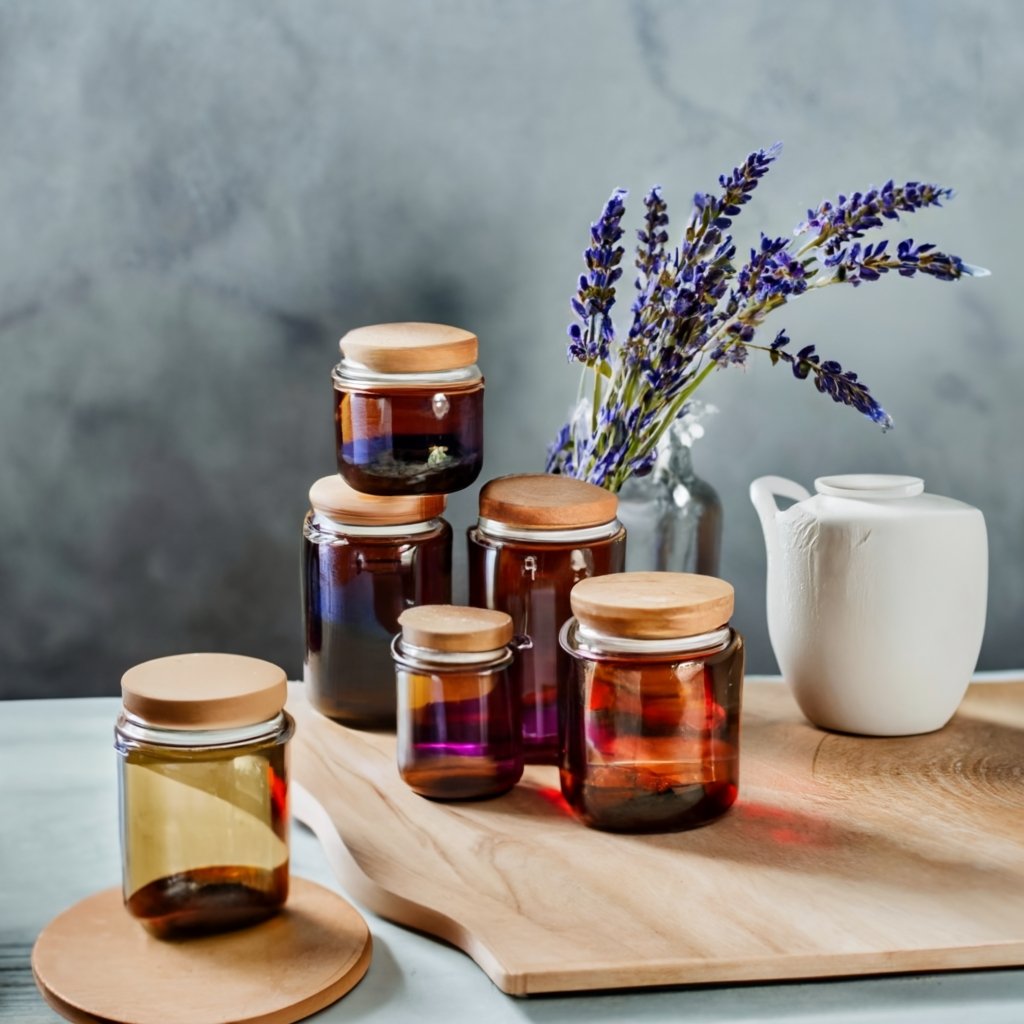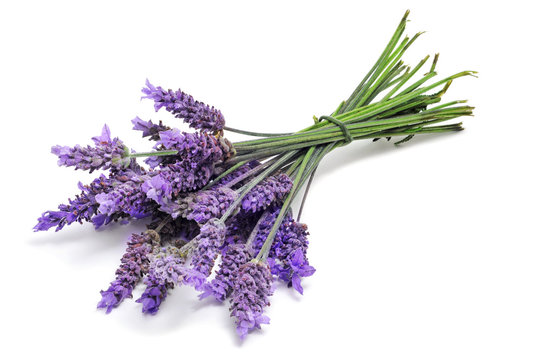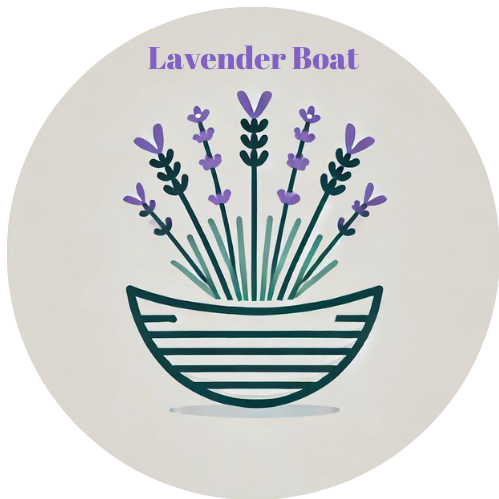A Guide on how to keep lavender fresh. Generally store it in cool, dark places in airtight glass jars or opaque containers. Add desiccant packs to absorb moisture. Refrigerate or freeze for storage over 2 years.
Listen to this guide
or read on . .
Keep Your Lavender Lovely: Proper Storage for Freshness
After dutifully drying your homegrown lavender using optimal techniques, you’ll want to practice equally diligent storage methods. Proper storage keeps your harvested lavender vibrant, fragrant, and shelf-stable for use in crafts, baking, and relaxation products over time. With the right containers, conditions, and care, you can retain the aromatic compounds, essential oils, and delicate beauty of dried lavender for 1-3 years.
Follow these guidelines to learn prudent practices to implement after harvest. We’ll cover choosing suitable containers, ideal temperature/humidity levels, signs of spoilage, and specialised storage for bundles versus potpourri. Implementing meticulous yet simple storage rules will help you avoid disappointment from fading, musty lavender when you open a long-stored batch. Become a lavender storage expert and you’ll be rewarded with delightfully fresh homemade lavender products year after year.
Proper Drying is Key
Success in storing dried lavender begins with how you initially dried the flowers. Proper drying creates lavender bundles that keep longer:
– Dry away from sunlight to preserve oils.
– Choose cool, dry rooms for air circulation.
– Dry thoroughly until stems are brittle.
– Check bundles for hidden moisture before storage.
– Consider low oven drying or desiccants if high humidity.
You can’t salvage improperly dried lavender in storage. Storage only preserves quality, not restores it. Ensure bundles are crispy and dry with no moisture inside stems or the storage container. With diligent air-drying methods, you give your preserved lavender the longest possible shelf life.
Choosing the Right Containers
The first storage rule is choosing suitable containers:
– Glass jars or tin containers seal tightly for an airtight environment.
– Avoid plastic bags or cardboard which collect moisture.
– Dark amber glass or opaque tins prevent light exposure.
– Ensure containers are thoroughly clean and dry before use.
– Match container size to the amount being stored.
– Wide-mouth jars allow easier access than narrow necks.
– Label jars clearly with contents and dates.
– Avoid containers prone to static electricity like plastic or Styrofoam.
Prioritise airtight, non-porous, dark containers that won’t interact with the plant matter inside. Proper packaging creates ideal conditions inside the vessel.
Ideal Storage Conditions

Once in containers, create optimal storage conditions:
– Store in a cool, dark cabinet away from light and heat.
– Maintain storage temperatures between 60-75°F.
– Lower humidity is better to prevent moisture buildup.
– Incorporate desiccant packs to absorb excess humidity.
– Ensure no direct contact between bundles to prevent crushing.
– Keep airspace at the top of containers.
– Avoid frequent opening and closing containers.
– Store different varieties separately to retain scents.
– Use shelf dividers and labels for easy identification.
Mimicking a clean, dry, dark environment ensures your dried lavender remains shelf-stable and true to colour, fragrance, and quality.
Watching for Problems
Check stored lavender occasionally for any problems:
– Visible moisture inside a container or on plants.
– Black or brown discolouration on buds.
– Strong musty odour rather than fresh fragrance.
– Loss of original vibrant purple colour.
– Clumping of buds or displayed flowers.
– Presence of moulds or other pathogens.
– Crumbled or soft rather than crisp petals/leaves.
– Loss of essential oil aroma potency when inhaled.
Catching issues early allows salvaging unaffected dried lavender to retain some product. Always discard moulded or rotting plant matter promptly to avoid spreading issues.
Storing Dried Lavender Bundles

For long-term bundle storage:
– Start with thoroughly dried, intact lavender spikes.
– Wrap bundles loosely in breathable paper or muslin cloth.
– Place multiple bundles in a single labelled jar or tin.
– Insert sheets of parchment between bundle layers.
– Fill the air space at the top with crumpled paper to prevent jostling.
– Check periodically and redistribute if contents settle.
– Display stored wreaths and arrangements out of sunlight.
Take care not to crush woody stems in bundles which accelerates loss of oils and quality. Handle gently and minimize disturbing once in storage containers.
Storing Lavender Crafts and Potpourri
Potpourri blends and lavender crafts require some specialised storage protocols:
– Use smaller jars to store custom potpourri mixes and sachets.
– For wreaths, store flat in an airtight plastic bin.
– Wrap or bag candles and soaps well before placing in containers.
– Periodically refresh stale potpourri with essential oils.
– Store crafts intended for sale individually in plastic or bags.
– Display decorative dried arrangements out of direct light.
– Limit sachet drawer storage to 6-12 months.
– Add lavender buds to gift bags and boxes for extra aroma.
Storage conditions remain similar, but crafting components introduce unique considerations for optimal freshness.
Freezing for Extended Storage
To extend shelf life to 2-4 years, consider freezing dried lavender:
– Freeze intact flower spikes or buds loose.
– Avoid freezing lavender once incorporated into finished crafts.
– Seal bundles in plastic and then aluminium foil pouches. Exclude excess air.
– Label sealed bundles with type and harvest date.
– Store parcels flat in a freezer set between 0°F to -10°F.
– Freeze essential oil in dark glass bottles with minimal headspace.
Freezing prevents deterioration by stopping chemical processes in plant matter. Upon thawing, dried lavender regains its original intensity. For maximum preservation, freezing delivers longevity.
When to Refresh or Discard
As dried lavender ages, remain alert to when refreshing or discarding is needed:
– Refresh stale potpourri with a few drops of essential oil.
– Blend older dried buds with newer batches for crafts.
– Discard any bundles or flowers with mould, rot, or rancid odour.
– Toss clumped, flattened, or broken buds which lost oils.
– Compost lavender after 1-3 years if aroma and colour fade.
– Remake sachets and arrangements with fresh dried buds annually.
– Immediately remove damaged or discoloured bundles from contact with others.
With attentive storage, dried lavender provides years of enjoyment. But gradual fading is inevitable, signalling when refreshing with new dried buds or discarding is required.
Craft beautiful creations that you can store and enjoy long-term!






